7.8 /10 1 Votes7.8
3/4 Roger Ebert | 7.2/10 IMDb 86% Rotten Tomatoes Edited by Alastair McIntyre Music director Krzysztof Komeda | |||||||||||||||||||||||||||||||||
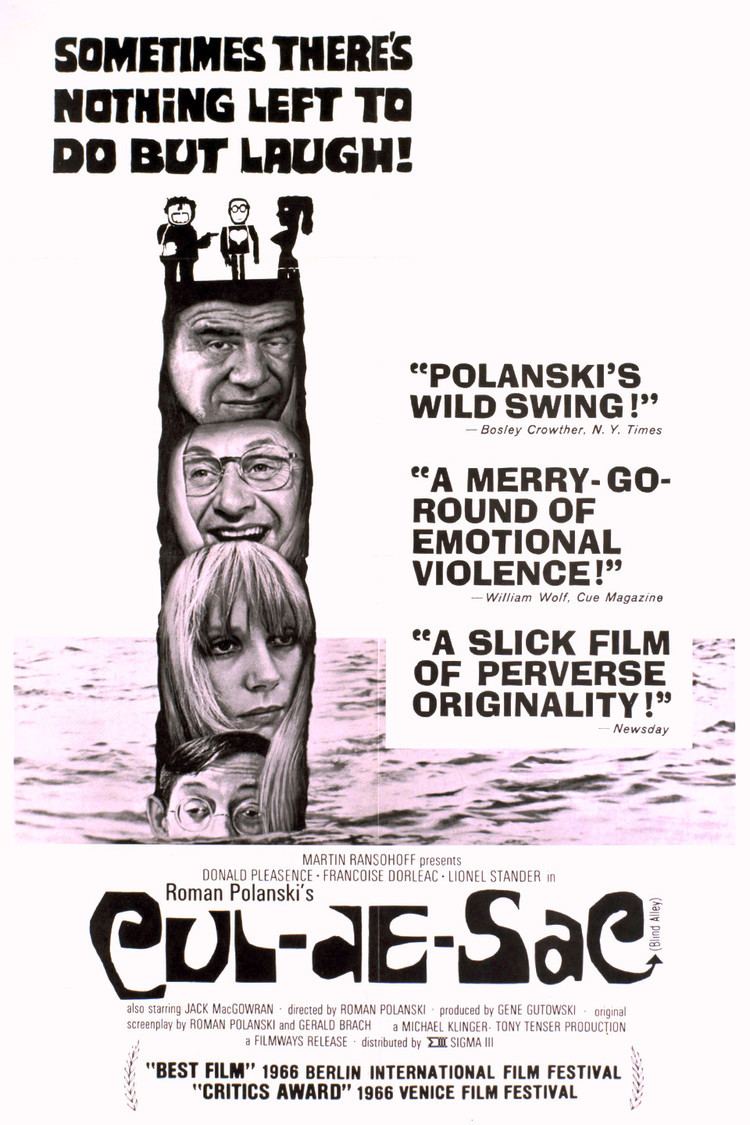 | ||||||||||||||||||||||||||||||||||
Produced by Gene GutowskiMichael KlingerTony Tenser Written by Roman PolanskiGerard Brach Starring Donald PleasenceFrançoise DorléacLionel Stander Productioncompany Compton FilmsTekli British Productions Cast Similar Directed by Roman Polanski, Donald Pleasence movies, Comedies | ||||||||||||||||||||||||||||||||||
Cul-de-sac is a 1966 British psychological comic thriller directed by the Polish director Roman Polanski. It was his second film in English, written by Polanski and Gérard Brach.
Contents
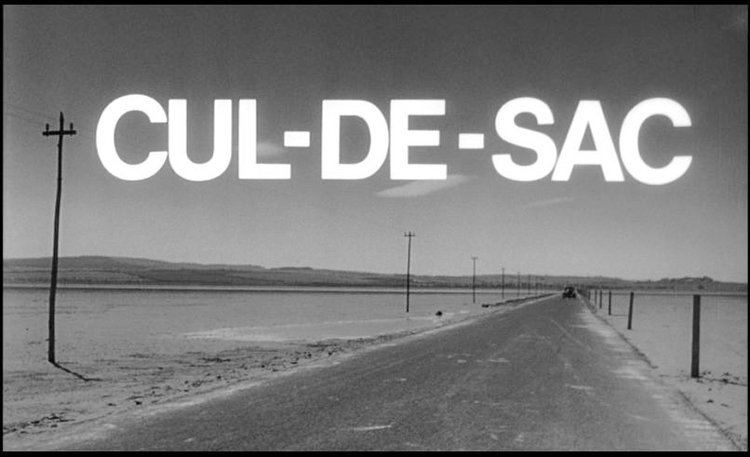
The cast includes Donald Pleasence, Françoise Dorléac, Lionel Stander, Jack MacGowran, Iain Quarrier, Geoffrey Sumner, Renée Houston, William Franklyn, Trevor Delaney, Marie Kean. It also features Jacqueline Bisset (credited as Jackie Bisset) in a small role, in her second film appearance. The black and white cinematography is by Gil Taylor.
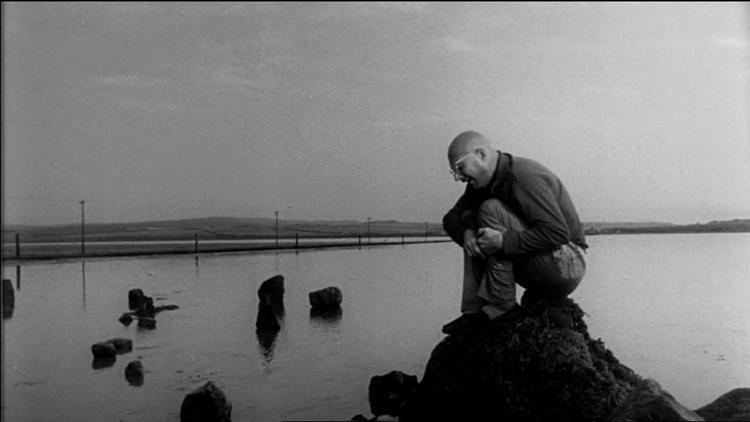
Plot
The film begins with gruff American gangster Dickey pushing his broken-down car along a causeway through rising seawater while his eccentric companion Albie lies inside, bleeding from a gunshot wound after a bungled robbery. Cut off by the unexpected rising tide, they are on the only road to a bleak and remote tidal island (Lindisfarne in Northumberland), where, in a dark castle on a hilltop, a deeply neurotic middle-aged Englishman named George lives with his pretty and promiscuous young French wife Teresa. Dickey disconnects the phone lines and proceeds to hold the two hostage while awaiting further instructions from his underworld boss, the mysterious Katelbach.

When Albie dies from his injuries, Dickey decides to take over the castle. George briefly entertains some of his obnoxious friends who show up at the castle unannounced, leading Dickey to pose as a servant while Teresa begins to flirt with one of the guests, Cecil.
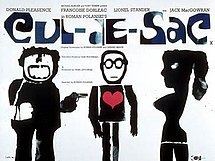
Dickey eventually gets word that his boss Katelbach is not going to come, so he demands George drive him to the mainland by causeway. George, who has had enough of Dickey's bullying, suddenly goes berserk and shoots him dead with his own gun (Teresa had stolen Dickey's pistol from his coat pocket and encouraged George to use it). Now fearful of being implicated in the killing (and of possible reprisals from Katelbach's other henchmen), Teresa frantically insists that she and George abandon the castle together. But George is in a state of shock and seems unable to leave. Desperate and afraid, Teresa runs off by herself and hides in a closet. She is later rescued by Cecil, who had returned to retrieve his rifle.
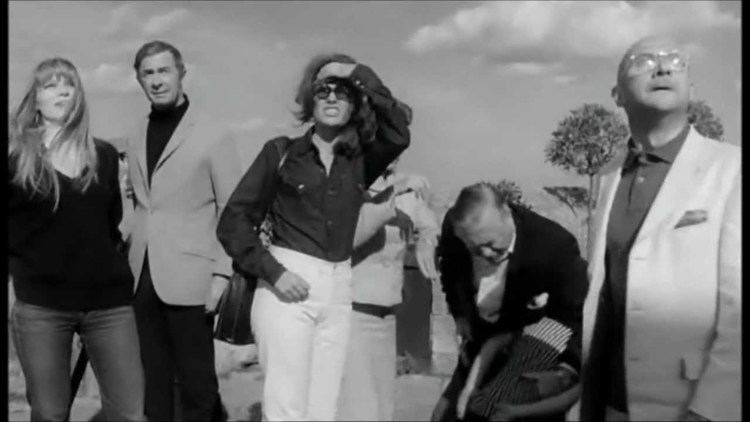
Now utterly alone, George runs along the beach at daybreak. He finally sits down on a rock in the fetal position and weeps hysterically as the early morning tide rises around him.
Cast
Production
The film was shot on location in 1965 on the island of Lindisfarne (also known as Holy Island) off the coast of Northumberland, England. Lindisfarne Castle, which served as the home in the film, is now a National Trust property and can be toured by the public; despite the passage of forty years, the building and its surroundings are largely unchanged.
Reception
Cul-de-sac currently (July 2012) holds an 84% approval rating on the film review aggregator Rotten Tomatoes, based on 19 reviews.
Interpretation
Like his previous film Repulsion, it explores themes of horror, frustrated sexuality and alienation, which have become characteristic of most of Polanski's films, notably Rosemary's Baby and The Tenant.
Cul-de-Sac has been compared in tone and theme with the works of Samuel Beckett and Harold Pinter, and these similarities are underscored by the casting of two principal roles in the film: Jack MacGowran was renowned for his stage performances of Beckett's plays and Donald Pleasence originated the role of Davies in Pinter's The Caretaker. The film's German title is Wenn Katelbach kommt (When Katelbach Comes). Christopher Weedman also notes the film's similarities with "such hard-edged Humphrey Bogart hostage thrillers as The Petrified Forest (Archie Mayo, 1936), Key Largo (John Huston, 1948), and The Desperate Hours (William Wyler, 1955)."
Awards
Cul-de-sac was awarded the 1966 Golden Bear at the 16th Berlin International Film Festival.
